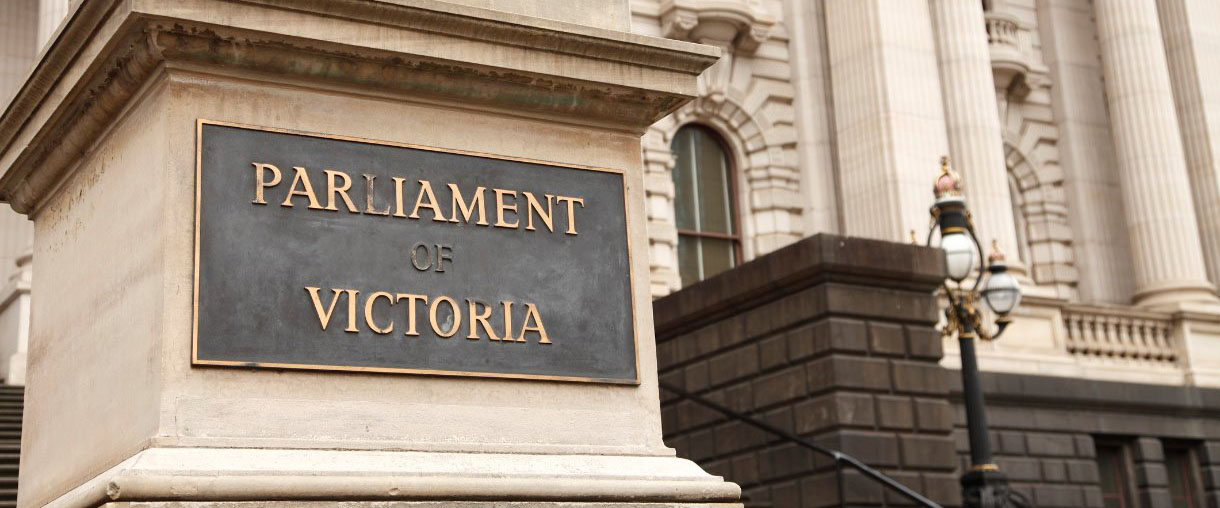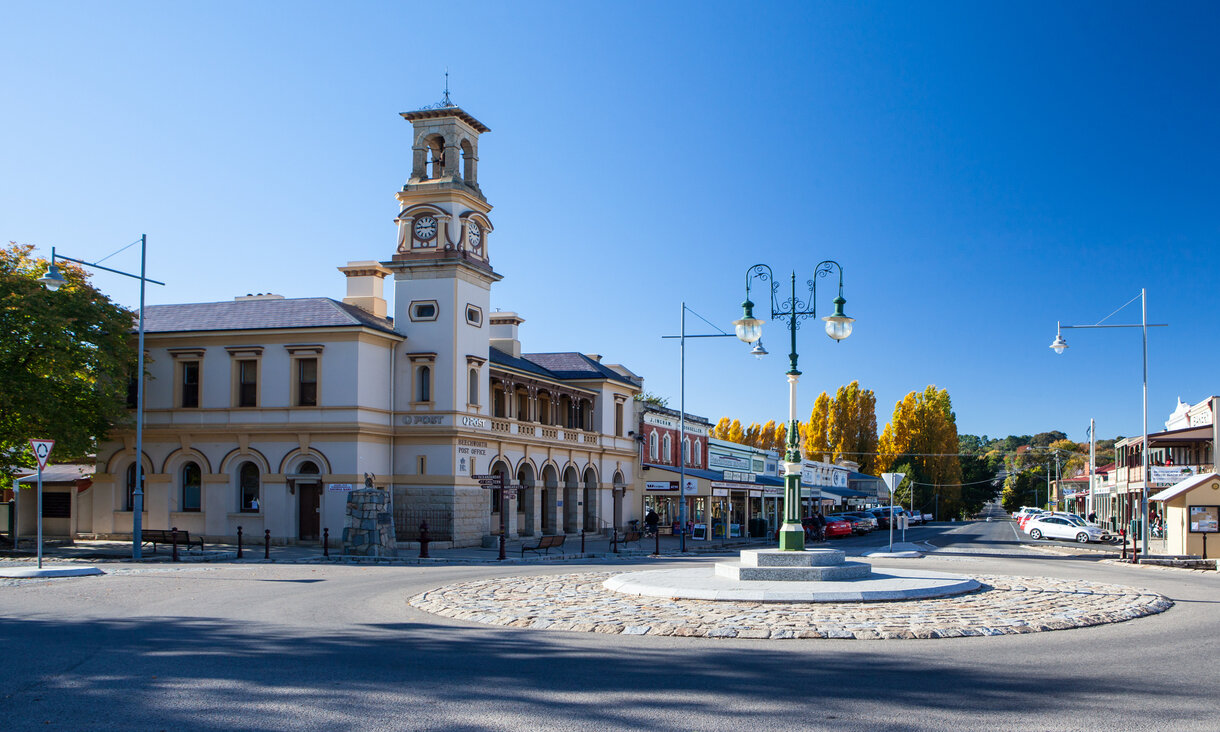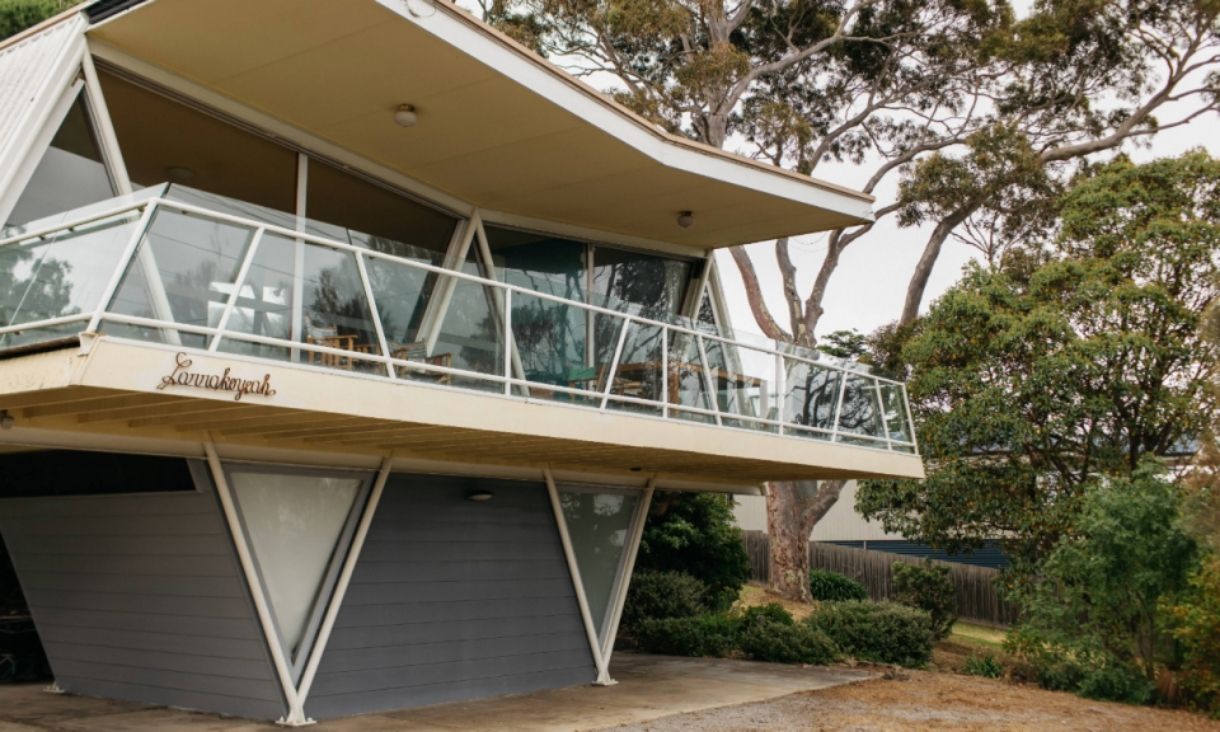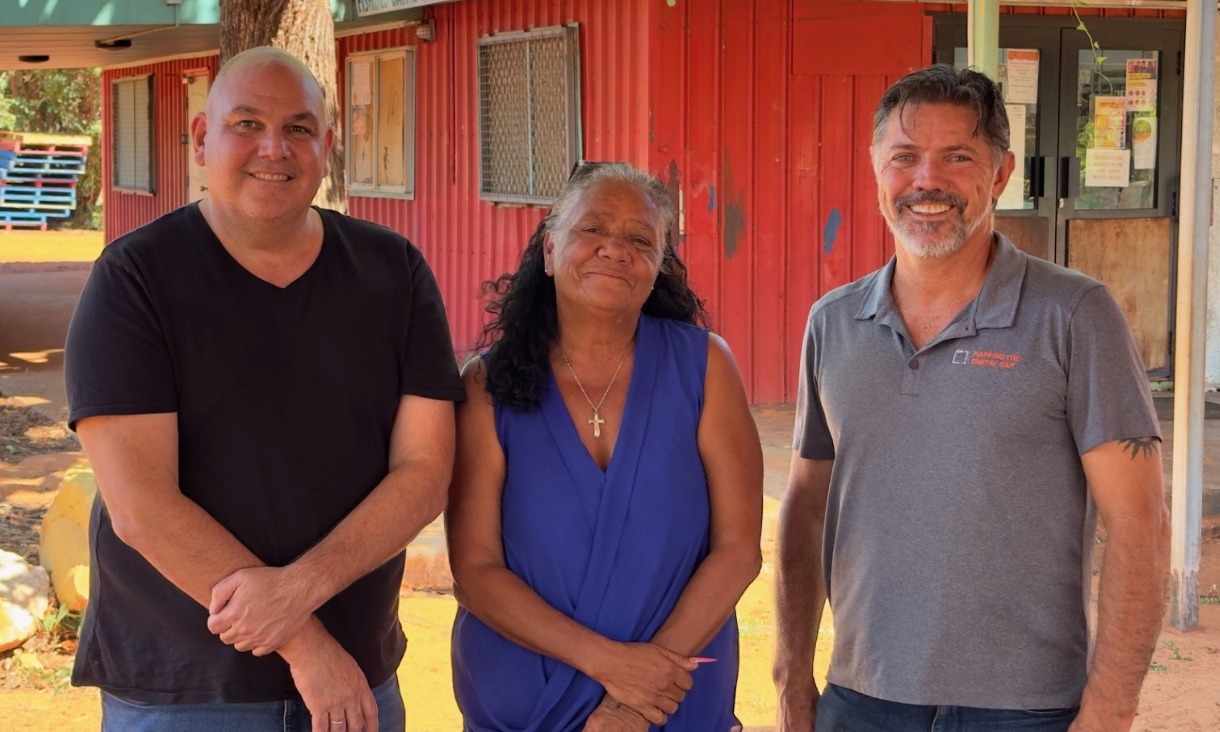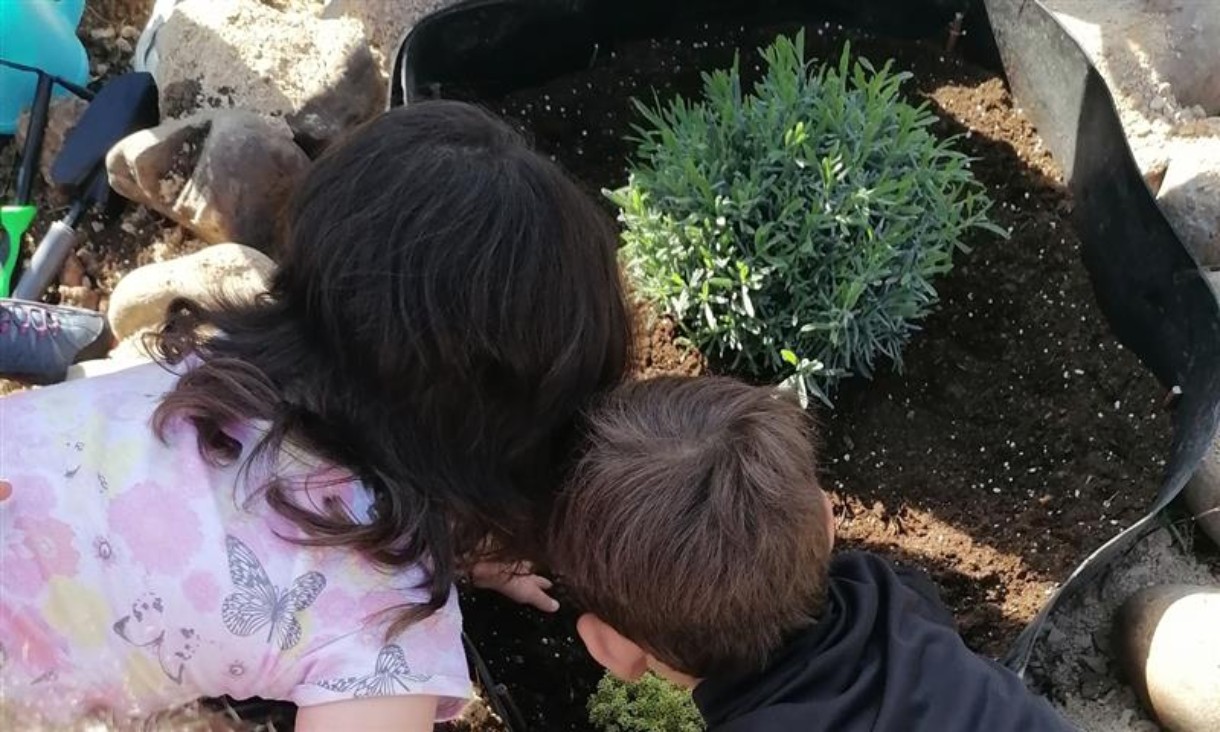Social housing and homeless services
Professor in Sustainability and Urban Planning, Libby Porter points to the spending shift to support social housing.
While welcoming the recent $5.3 billion funding in community housing, she says there’s room for improvement.
“Victoria spends less per capita than most other states in Australia on public housing. Yet more than 100,000 people are languishing on the housing waiting list, and this grows every day,” she warns.
“This budget needs to create a sustainable and equitable future for all Victorians, focused on areas of priority social needs, particularly those exacerbated by the COVID-19 pandemic.
The Centre for Urban Research’s, Dr David Kelly agrees the package doesn’t go far enough, saying it fails to help those experiencing chronic homelessness.
“This budget supports the Community Housing industry, a private not-for-profit housing provider that prefers to allocate long-term housing options to employed households with no history of chronic homelessness,” he says.
“Homeless people who attain secure tenure are more likely to be housed in Public Housing, of which there is none scheduled to be built in this budget.”
The end of the government's COVID response will leave 500 households homeless once the support ends in April next year.
While around "1700 homeless households … will be accommodated in private rental … for up to 18 months, ... about 500 households not selected for tenancy … will be left to re-enter the Victorian homeless service system,” Kelly says.
Social housing tenants
Building new social housing is a welcome shift in priorities, says Postdoctoral research fellow in the joint RMIT Unison Housing Research Lab, Dr Sarah Taylor.
The Lab interviewed 170 Victorian social housing tenants at the start of their tenancies, and found despite high demand for housing and long waiting lists, many tenants didn’t stay long.
“Around half of social housing tenancies end within two years due to factors such as building location and type, tenant age, tenant support needs, and neighbours.
She says these are important benchmarks for social housing providers.
“We need to incorporate an understanding of who social housing tenants are and what has and hasn’t worked in the past,” she says, adding today’s decisions “will have an impact long after the big announcements fade.”
